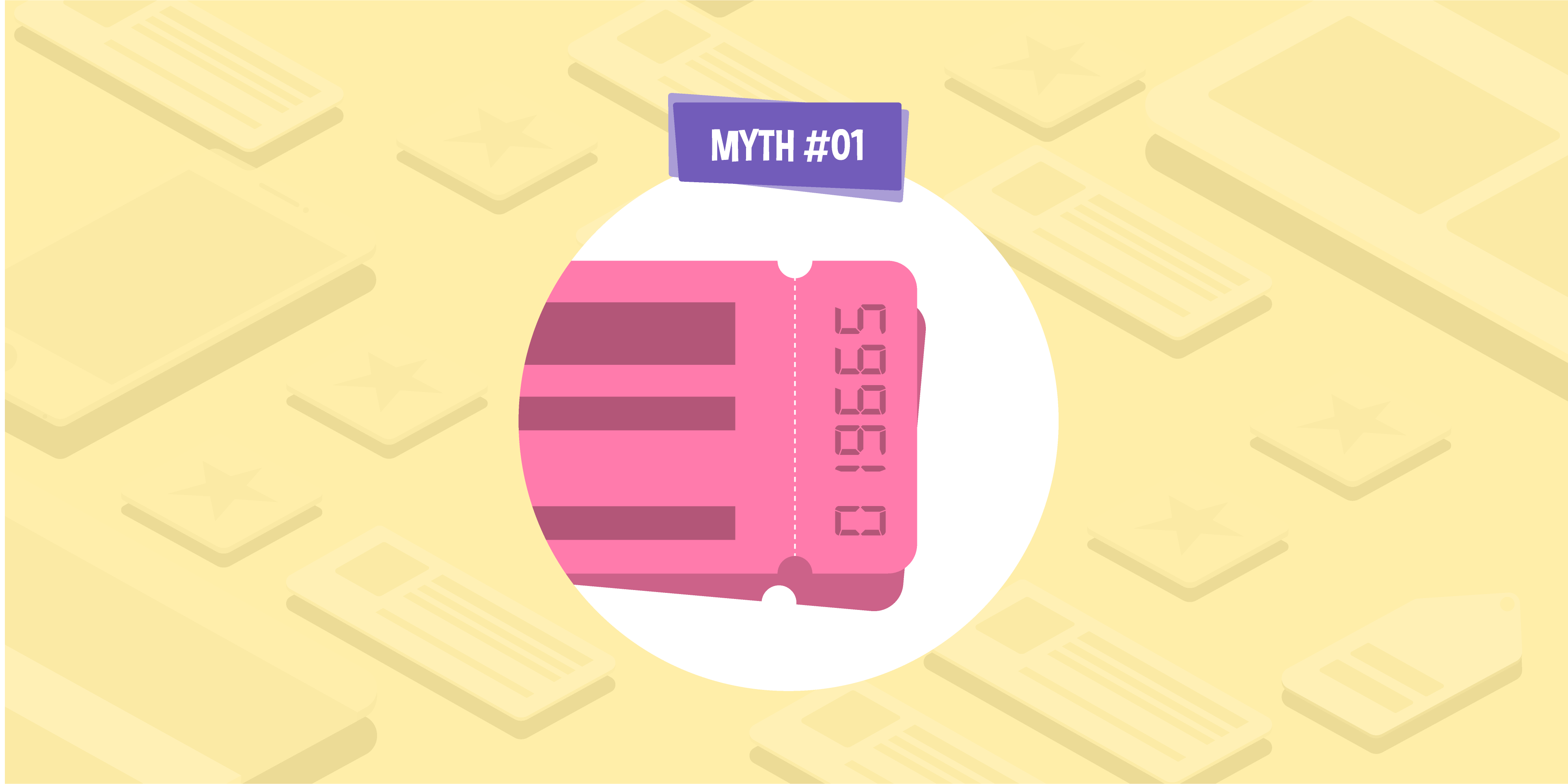
- 10 Nov 2016
- 4 Min read
5 common SEO copywriting mistakes and how to avoid them
Everyone wants to have their website at the top of Google’s results page, right? And search-optimised content is one of the best ways to improve your rankings.
Unfortunately, in the scramble to get there, it’s easy to make a few mistakes or cut corners, which can counteract all your hard work. If you make the wrong decisions with your content, Google might even go so far as penalising your website for poor SEO practice.
In this blog post, we’re going to have a closer look at some of the most common SEO copywriting mistakes that are made, and how you can avoid them. Let’s get started.
Keyword stuffing
It’s logical to think that the more keywords that you use, the more likely you are to rank for all the things people are searching for. But it doesn’t quite work like that.
Google values well-written and useful content over anything, so having sentence after sentence containing crowbarred keywords is bad news. Using hidden or duplicated text to insert more keywords is also considered unethical, and you are likely to be penalised for it.
Instead, put together well-written content that targets the keywords that best describe your product or service. Use the Google AdWords Keyword Planner to compare different terms for search volume and find related keywords that you might not have thought of. Once you have your keywords, try to get them to fit naturally in what you have to say — creating web copy that flows well is key to building trust in a potential customer once they have landed on your page.
Duplicated title tags
Duplicated title tags (page titles on the search results) and H1s (on-page titles) make it difficult for Google to determine the difference between pages — and therefore how to rank them. You should give every URL a unique, descriptive title and H1 that tells Google exactly what the page is about, increasing your chances of being ranked highly for related terms. Plus, a well-written title tag makes users much more likely to click through from search results.
You can find detailed advice for writing descriptive page titles in Google’s Webmaster Guidelines.
Broken links
Broken links occur when the destination page is no longer there, or there is a problem with the hyperlink. Not only do they make your website look poorly maintained and detract from the customer’s browsing experience, they prevent Google from properly crawling your site in order to index your pages.
Broken links tend to occur naturally as a website grows and changes shape, but they need to be removed or redirected when this happens.
Fixing broken links manually can be tiring and time consuming, but there are ways to automate the process somewhat. Take a look at Smart Insight’s round-up of essential link-checking tools to find the one that can make life easier for you.
Duplicate content
Content duplicated from another site or within your site can have a negative effect on your Google rankings. Unique content is much more likely to deliver value to users, so pages that can boast this will see better results.
A widespread example of this is ecommerce websites using manufacturer product descriptions. Stand out from your competitors by writing your own version, and you should be rewarded in search and sales.
No alt tags on images
Image alt tags are often an afterthought or not considered at all when publishing content. However, these hidden descriptions help search engines understand what your images depict, so they’re crucial if you want to appear in Google Image results.
Google has detailed advice on writing alt tags in its Webmaster Guidelines, which even includes a video discussing their importance.
Keep these 5 commonly made SEO copywriting mistakes in mind to ensure that you don’t fall prey to the pitfalls that your competitors probably have.
Need help with your online marketing? Get in touch with the Glass Digital team today.
For more digital marketing insights, you can follow Glass Digital on social media. Connect with us onFacebook, Twitter, Google+, or LinkedIn.

